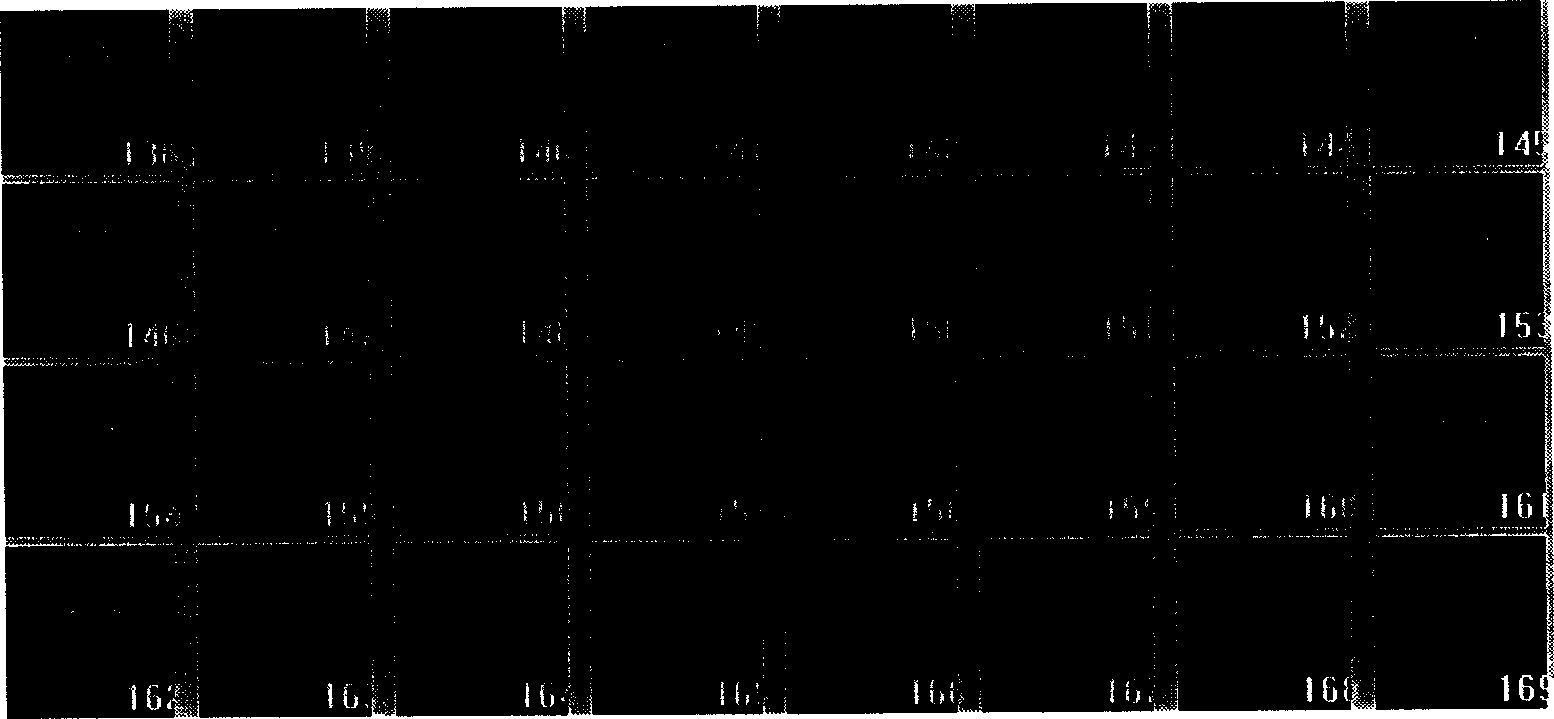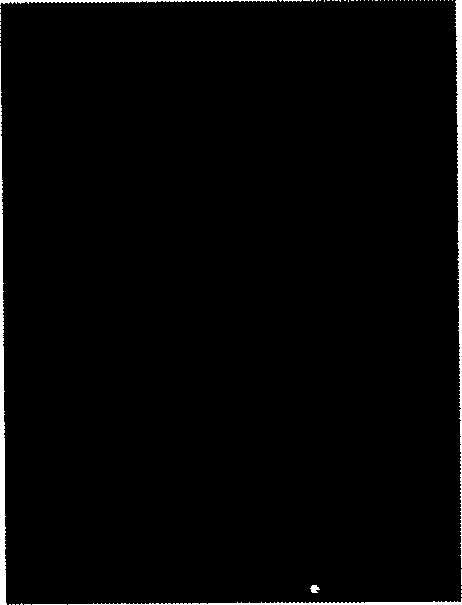Bionic stent generating method based on CT picture
A CT image and bionic technology, applied in image data processing, special data processing applications, 3D modeling, etc., can solve the problems of uncontrollable internal micropores and inability to completely match bone tissue defects
- Summary
- Abstract
- Description
- Claims
- Application Information
AI Technical Summary
Problems solved by technology
Method used
Image
Examples
Embodiment Construction
[0027] A preferred embodiment of the present invention is described in detail as follows: In this embodiment, according to the cranial CT image data of patients with bone tissue defects provided by the hospital, a bionic scaffold model with an internal microporous structure is obtained through computer processing. The method is: according to the CT image of the patient's bone, it is first converted into a three-dimensional bone model, and then a three-dimensional model of the bone tissue defect is established from the bone model, and then a bionic scaffold model with an internal microporous structure suitable for the growth of bone seed cells is constructed . The microporous structure will meet the requirements of seed cell growth, that is, the porosity will reach 80%-90%, the pore diameter will be between 0.2-0.5mm (the pore size is controllable), and the connectivity of the pores will be guaranteed.
[0028] see figure 1 , the steps of this method are:
[0029] (1) First o...
PUM
 Login to View More
Login to View More Abstract
Description
Claims
Application Information
 Login to View More
Login to View More - R&D
- Intellectual Property
- Life Sciences
- Materials
- Tech Scout
- Unparalleled Data Quality
- Higher Quality Content
- 60% Fewer Hallucinations
Browse by: Latest US Patents, China's latest patents, Technical Efficacy Thesaurus, Application Domain, Technology Topic, Popular Technical Reports.
© 2025 PatSnap. All rights reserved.Legal|Privacy policy|Modern Slavery Act Transparency Statement|Sitemap|About US| Contact US: help@patsnap.com



